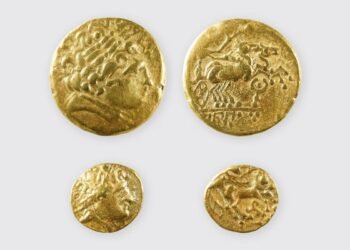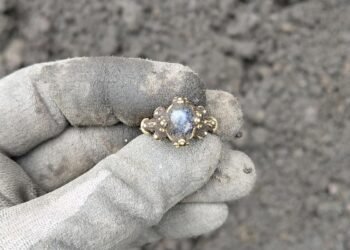In the remote Atico River Valley on Peru’s southern coast, archaeologists uncovered a mass grave that depicts a grim scene of an ancient and savage battle.
In a large, circular stone tomb at the El Curaca site, scientists discovered the skeletal remains of 24 individuals—men, women, and children—all thought to have died from violent injuries typical of war wounds. The site dates back to between CE 1000 and 1450 and was inhabited by the enigmatic Chuquibamba or Aruni people.
The discovery is part of a broader archaeological project conducted by Professor Józef Szykulski of the Institute of Archaeology at the University of Wrocław in Poland. Excavation started in October 2024 as part of a research project funded by the National Science Centre of Poland.
In a translated Facebook post from the Institute, the grave contained not only human remains but also a diverse collection of grave goods—ceramics, bone and stone tools, corn cobs, wooden objects, and intricately woven textiles. The placement and state of the objects suggest a ritualistic and purposeful burial.
Szykulski and his team of Polish and international researchers from institutions in Mexico, Colombia, and Peru believe the grave goods and careful burial rituals indicate that the victims were held in respect by their community.
While the Aruni are still a fairly mysterious group to modern scholars—famous mostly through petroglyphs carved into nearby cave walls—this discovery has provided a new glimpse into their social structure, burial rites, and possible conflicts. The ceramic fragments found in the tomb share stylistic ties with the Majes River basin, which is considered the cultural center of the Aruni. The finds are helping researchers trace the cultural footprint and territorial spread of this little-known pre-Inca group.
Currently, the excavation team remains in Peru until April, conducting further analysis and preservation work. High-resolution 3D scanning is being employed to document the skulls, aiding in identifying patterns of trauma and other forensic details. Meanwhile, conservation experts toil meticulously to stabilize the fragile textiles discovered in the tomb.























